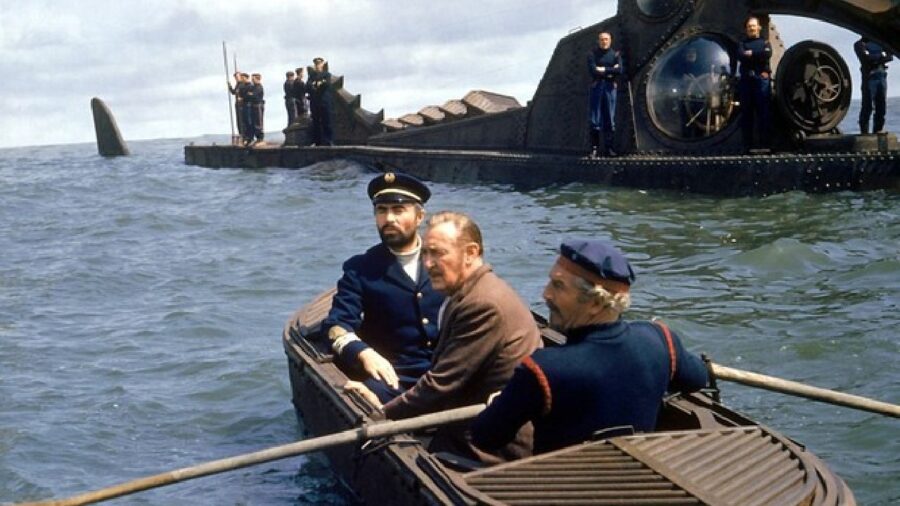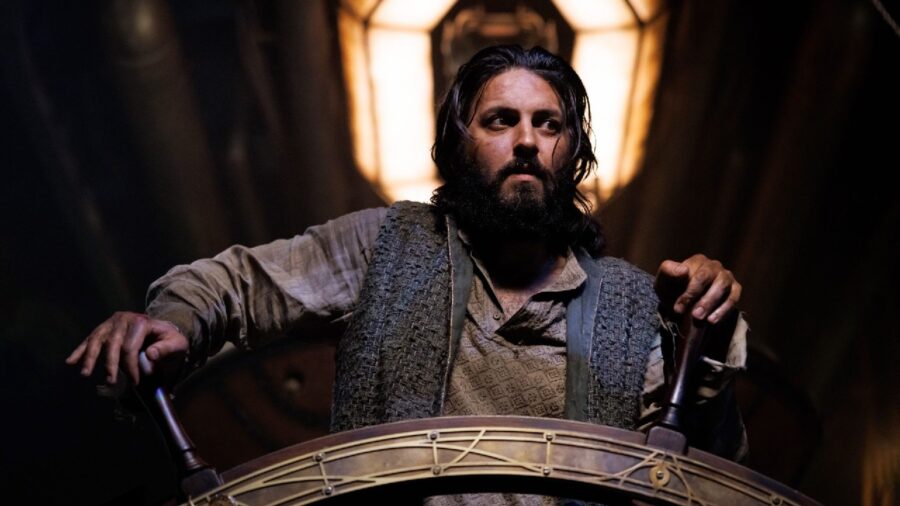The most important science fiction novel deserves a major modern adaptation

Author: Jonathan Klotz | Published
When I was a kid and went to Disneyland 20,000 miles under the sea This is my favorite ride, and for 20 minutes (an eternity compared to modern park rides), I lived out my childhood dream of sailing aboard the Nautilus with Captain Nemo. The ride closed in 1994 and was replaced by little mermaid. It’s now 30 years later, and Jules Verne’s classic novel still hasn’t appeared in Disneyland, and what’s even worse is that, despite the fact that the novel helped propel the entire science fiction genre, it has yet to be adapted into modern cinema.
The book that popularized science fiction

Jules Verne’s 20,000 miles under the sea The book was a huge success after first being serialized in 1869 and again in 1871, when illustrated editions hit bookstore shelves around the world. Like most classic science fiction, Verne took a futuristic view of submarines when designing the Nautilus, Captain Nemo’s advanced submarine that he used to terrorize the waterways. However, given Nemo’s motivations as a pure scientist and nature lover, Verne inadvertently created the first eco-terrorist.
On the surface, the novel is a science fiction adventure, but dig a little deeper and you’ll discover the political turmoil of the time, the impact of the Industrial Revolution, and how the natural world became forever bleak. 20,000 miles under the sea There’s a lot going on beneath the surface, but rather than making it difficult to adapt, it helps make it simple and relevant, even today, nearly 150 years after it was first published. Even more surprising is that the last time anyone adapted this novel into a movie was 70 years ago.
the last major film adaptation

20,000 miles under the sea, Released by Walt Disney in 1954, starring Kirk Douglas as Netherland the Harpooner and George Mason as Captain Nemo the Butt-Head, the film was a blockbuster hit, and although box office numbers at the time were hard to come by, it’s estimated that That’s about $8 million in revenue over four years, or $91 million when adjusted for inflation. This makes it almost Joker 2 Domestic box office total.
Mixing part Mysterious Islandthe underrated sequel novel, and the original novel, 20,000 miles under the seaAt least to 1954 audiences, the film remains a faithful adaptation of the seminal story. Nemo’s rough, nihilistic edges are softened a bit, but Mason does an excellent job playing this complex character who is both hero and villain, depending on who you ask.
Nautilus means well but doesn’t work well

Despite the lack of a modern film adaptation (which makes no sense considering the success of the 1954 film), the BBC adapted 20,000 miles under the sea for new series Nautilusthe intention was good and the performance was wonderful, but it missed the point. This modern-day series tells the origin story of Nemo and the iconic submarine, altering his original origins of a fallen Indian prince to make him a slave in the employ of the East India Company, the 19th-century naval adventure The number one villain.
Nemo is not playing a scientist who thinks he is above the turmoil of the human world. Star Wars: Discovery Shahzad Latif, in Nautilus Set out to seek revenge against the British company, which basically works, but again, it’s not really Nemo. He’s a haunted, heartbroken man, but as a big fan of the 1954 movie and the original novel, there’s something missing since it’s a prequel, which is probably intentional, at least today someone is trying to tell the story, even if it Deserves a bigger stage.
We need an IMAX spectacle
Imagine a blockbuster 20,000 miles under the sea Playing on IMAX screens. With all the gorgeous underwater vistas of the Pacific, coupled with the sheer terror of giant squid in the deep, storms on the surface, and the sparkling tropical islands in the ocean, this is a story that should be told in the largest form possible. We deserve a new version of Jules Verne’s seminal story that finally does justice to his original vision.



